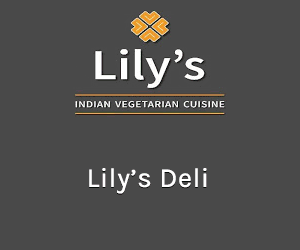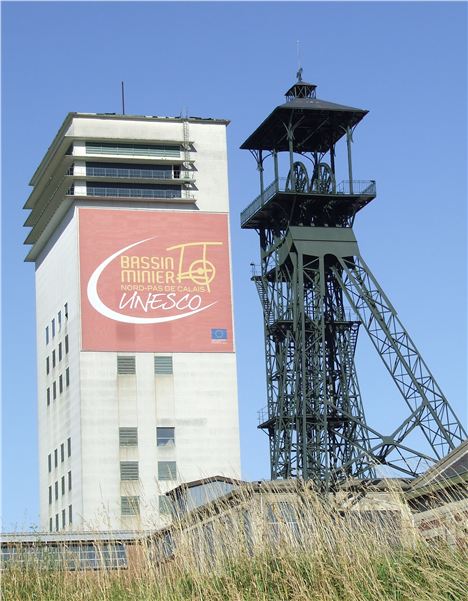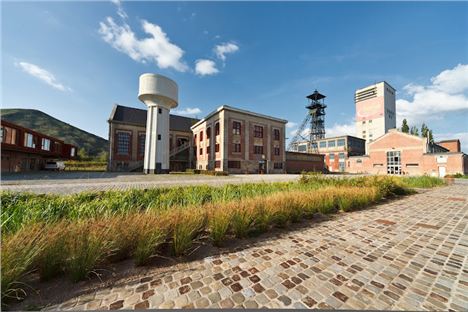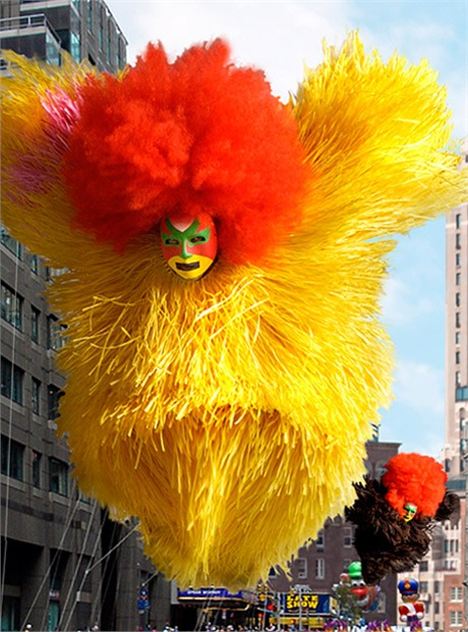FRANCE and the promenade go arm-in-arm: from Nice’s Promenade des Anglais to the Promenade Plantée in Paris, through the traditions of flânerie (particularly in labyrinthine pre-Haussmann Paris), and bourgeois air-taking in the Tuileries.
As propositions go, though, “a promenade on the top of the spoil tips of the local mining hills” doesn’t smoulder with Gallic charm; but there it was, in sooty black-on-white, among the tourist board’s recommendations for a three-day trip to Nord-Pas de Calais, France’s northernmost region.
The Eurostar from Lille does mean that Olympics tourists who base themselves in the region can get to the Games quicker than from much of the UK, even from the outskirts of London
The board’s slogan for their region – a coming-together of the départements of Nord and Pas de Calais – is “real France real close”, but actually Nord-Pas de Calais’ magnetism lies in confounding expectations of a Channel hop.
Sure, you can do France gorgeousness here (you can even do the Louvre, the Pompidou and Versailles – more of that later), but Nord-Pas de Calais’ beauty is of the jolie laide variety: all the more captivating for being ugly and beautiful at once.
The region’s landscape of spoil tips and low skies doesn’t look much like tourist-honeypot France. There are moments when it doesn’t look a whole lot like Earth as-we-know-it.
Nord-Pas de Calais – bounded to the north east by Belgium and, to the north west, by the coast either side of Calais – has an image problem with both the French and the Brits. That is, if the Brits have any image of it at all.
The reasons are right there in the name. For most British holidaymakers, Calais is a place to accelerate away from as soon as you roll off the ferry – ‘pas’ implies ‘footprint’, and Calais’, at least at first glance, can be as inviting as the Yetis. To Parisians and southerners, the berets worn by Nord-Pas de Calais people are distinctly flat cap.
The northerner in France is traditionally viewed much as the English northerner is here: dour, weighed down by bad weather and industrial work in mining, ship-building and textiles. Or, more accurately, the disappearance of work, since the first two of these industries have entirely collapsed, even if 15k of the 70k people employed in the French textile industry still live in Nord-Pas de Calais. The tourist board has taken to renaming the region in its international literature: not Nord-Pas de Calais, but "Lille Region".
Domestically, however, things have been improving for Nord-Pas de Calais, thanks to a spell of intense PR sunshine quite beyond the powers of any tourist board initiative. Bienvenue chez les Ch’tis is a hugely successful 2008 film based in the region, whose title we might loosely translate as Meet the Scousers. Given the kicking-and-screaming northern migration to MediaCityUK, Meet the Mancs would also work, but Scousers is most fitting, since the label Ch’ti defines the Nord-Pas de Calais people by their dialect (which is linked to Picard).
The Ch’ti speak Ch’timi, a term coined during WW1 by the comrades of Nord-Pas de Calais troops which plays on this people’s use of “ch'est ti, ch'est mi” instead of standard French “c'est toi, c'est moi” (it’s you, it’s me).
The film relates the tale of a southerner, forced by his employer to move out to the Nord-Pas de Calais sticks, who enters into a love affair with the region. It has broken pretty much every French box office record. Visitor numbers have rocketed in Bergues (where the film is set), partly thanks to tours based on the film, and phrase books have been published, along the lines of “Lern Yerself Ch’timi”.
But that’s French visitors. Bienvenue chez les Ch’tis wasn’t a hit over here, even if it translates far better than you’d expect from a foreign comedy whose jokes are partly structured around linguistic nuance.
It wasn’t, in fact, given much of chance by distributor Pathé, who sold it into just five cinemas, taking a little over £150k. So the region is banking on an appropriation of London’s Olympics and Paris’ cultural institutions to boost tourist numbers from the UK and Europe.
“We’re going to be a suburb of London,” said Dominique Dupilet, council chief for Pas de Calais, when London’s bid success was announced. The Eurostar from Lille does mean that Olympics tourists who base themselves in the region can get to the Games quicker than from much of the UK, even from the outskirts of London: an hour and a half is all it takes. Plus hotels are cheaper. Twenty seven nations have cottoned on and established training camps in Nord-Pas de Calais (including the GB gymnastics team). It remains to be seen whether the tourist board will overcome the ideological disconnect of basing yourself in one country when your main point of interest lies in another: the Eurostar might be quick, but there’s still all that water in the way.
As for the region’s new cultural draws, recent developments show that the French government are making good on a 2003 promise to share Paris’ artistic wealth around. The Centre Pompidou Mobile pulls up in Boulogne-sur-Mer between 15 June and 15 September, while December will see the opening of the Louvre-Lens museum. This could be huge for an ex-mining town whose football stadium – Bollaert – holds more people than actually live in Lens. At Arras’ Musée des Beaux Arts, the ‘Roulez Carrosses’ exhibition (until 10 November 2013) is a gobsmacking display of France’s royal carriages, rolled out along l'autoroute du Nord for their first ever excursion from Versailles.
Nord-Pas de Calais may well benefit from name-dropping the Pompidou, the Louvre and Versailles. But while your interest might be piqued by this Parisian glitz, go principally for the region’s northern grit. The trip itinerary’s mention of a spoil tip promenade had mostly puzzled me, producing a confused mental image: figures on low, earthwork-like banks; soot-stained petticoats and parasols. I didn’t know what a spoil tip was. But as our minibus approached the site it was obvious why they’d brought us here: these twin near-mountains of black discards from the mining process challenge the visitor to go ahead and disregard the region’s industrial heritage now as so much dreary history. These spoil tips (terrils) are the highest in Europe, at around 186m, but we walked slowly, easily, nearly to the summit, the surface softly crunching underfoot. I began daydreaming of the lunar landscape, until an elderly jogger came into view.
The region’s former mining lands – ‘le bassin minier’ – are up for UNESCO World Heritage status this year. They were denied it in 2011, but it’s looking good this time around, with the decision due in July.
It may not be a tiptoe through the tulips, but the spoil tip promenade was probably the highlight of this three day stay in Nord-Pas de Calais. Liverpool’s equivalent might be a ‘Fantasy Overhead Railway Tour’ along the Dock Road. Neither proposition lends itself to irresistible marketing (there’s hardly anything on the tourist board’s website about the spoil tips), but there’s a great wealth of heritage interest for canny marketing to tease out of both. The spoil tip site – called Fosse 11/19 – also includes ex-colliery buildings and machinery, including the majestic Saint-Amé headframe.
Certain of the buildings have been adapted for other uses, and there are a few interpretive boards in English, whilst an occasional group tour takes place (see box for details) which also visits the Louvre-Lens site. For now, though, you’re mostly on your own in a visit to these strange, blustery hills.
The trip’s other highlights were Ch’ti through-and-through, too. La Piscine, in Roubaix, is an art museum that fascinates, again, for its industrial heritage. A former municipal baths, the building was painstakingly designed to please both high and low society. Tiles patterned like bricks made the working class feel at home; mosaics and marble pacified the rich. Compare this, perhaps, to Victoria Baths in Manchester, where the class system was rigorously imposed.
The entrance fee is repaid by permanent exhibits and the otherworldly pool room, with its huge rising-sun stained glass windows, Art Deco ornamentation, and array of posturing marble statues in place of lifeguards.
Coming down the spoil tip’s near-black flank we’d spotted a war cemetery in the distance, square and white on the flat lands. Tourism based on the region’s links to the Great War is crucial here, so much so that the tourism board now has a dedicated website entitled Chemins de Mémoire (loosely, “Pathways of memory”).
In Arras (home also to the Beaux Arts museum where the royal carriages are on display), we visited La Carrière Wellington museum. The main event here is a partial tour of the stone quarry network that was linked together with tunnels dug by New Zealanders and British miners during WW1 in preparation for an offensive against the German line.
The audio-visual treatment is ambitious, and ultimately devastating. As ever, it’s the little things: graffiti that endures on the quarry walls (one of which was nicknamed “Liverpool”), remnants of candle wax from a pre-battle prayer service. The final stage, which recreates the moment when dynamite blasted new exits out of the quarry and the offensive ensued, is awful. At least, with everyone wearing headphones, in their own little world, it’s not so awkward when the tears come.
Then, of course, there’s the regional capital. Following the success of Lille’s stint as European Capital of Culture in 2004 (an estimated 9m visitors that year) the city inaugurated lille3000, an arts and culture festival which animates the city roughly every three years. This year (from 6 October) the theme is “Fantastic”, and will feature work by Nick Cave (not the singer), Ross Lovegrove’s UFO at Gare de Lille Flandres, Fujiko Nakaya’s mist and “a bumpy football pitch”, according to organiser Audrey Chaix.
“The idea is that you’ll bump into things around the city that you never expected to be there,” says Chaix. “I’ve stopped counting the exhibitions now: there are too many of them. Our director [Didier Fusillier] wants us to discover new things.
That wish isn’t just related to this year’s focus on the fantastical; it drives the thematic diversity of lille3000 year on year. The first festival post-2004 centered on Indian art, whilst 2009 was ‘Europe XXL’, with a huge opening ceremony they called La Parade des Anges et Démons.
The themes are diverse, but the scale is generally spectacular. That’s not because the culture of northern France is linked historically to giant mythology, either. In 2010, a cat’s face – painted originally on silk by Chinese artist Qiu Jie – loomed large from posters promoting an exhibition (‘The Silk Road’) at the Tri Postal venue.
“People still talk about the cat,” says Chaix. “Contemporary art is working well with the locals.” Contemporary and big certainly seems to capture the public consciousness, as we in Liverpool know. People will remember La Machine and Sea Odyssey for years to come (remember it somewhere deep and important, hopefully), but can we somehow refill the Liverpool coffers marked “culture’”now that the slummy from 2008 is finally spent? “People have a sense of expectation now,” says Chaix of lille3000. “Like ‘Oh, it’s coming.’”
She said it with a broad smile. From towering spoil tips to oversized cats, there’s something big happening in Nord-Pas de Calais.
More Information
By Eurostar:
Daily services to Lille from London St Pancras International; approximately 1hr 30min; from £39
By ferry:
SEAFRANCE
Dover - Calais: 1h30 by ferry - Tel: 08705 711 711
P&O FERRIES
Dover - Calais: 1h15 by ferry - Tel: 08705 980 333
NORFOLKLINE
Dover - Dunkirk: 2 hours by ferry (passengers with cars only)
Tel: 0870 870 10 20
wwww.norfolkline-ferries.co.uk
By rail
EUROTUNNEL (rail shuttle)
Folkestone/Calais-Coquelles: 35 minutes
Access to the Folkestone terminal: M20 Motorway, 11A exit
Tel: 08705 35 35 35
Links
Nord-Pas de Calais tourist board
Musée des Beaux Arts, Arras, ‘Roulez Carrosses’ exhibition
The spoil tips association (in French only):
“From the mine to the Louvre-Lens” tour (€6):















